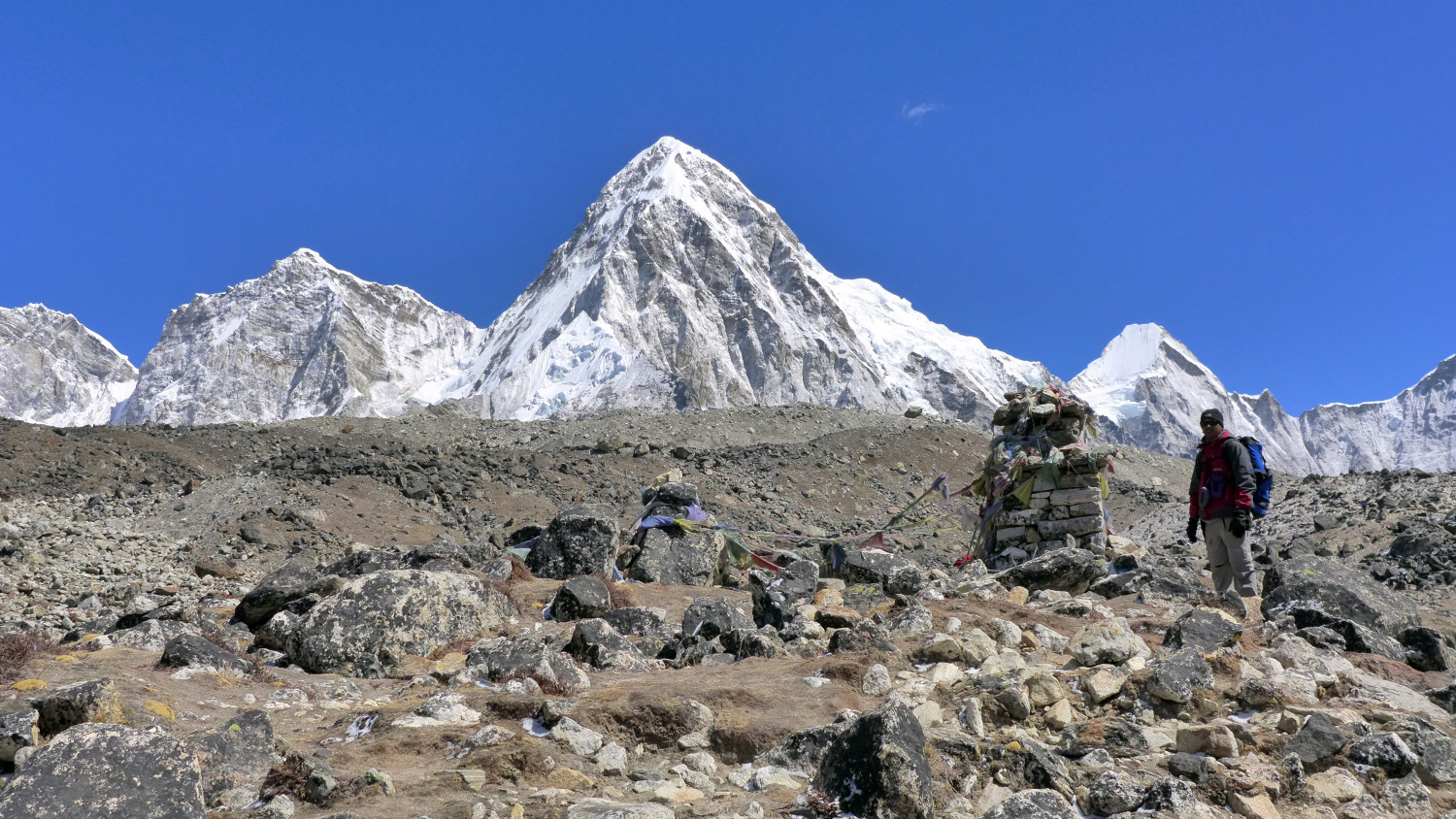24th Jun, 2024
Essential Gear for Trekking in Nepal: A Comprehensive Guide
Embarking on a trekking adventure in Nepal is a dream come true for many outdoor enthusiasts. Whether you're planning to conquer the iconic Everest Base Camp trek, explore the Annapurna Circuit, or discover the hidden gems of the Himalayas, being well-prepared with the right gear is essential for a safe and enjoyable journey. Here's a comprehensive guide to the trekking essentials you'll need in Nepal:
Clothing
- Moisture-Wicking Base Layers: Opt for breathable, quick-drying tops and bottoms to manage sweat and keep you comfortable during long days of trekking.
- Insulating Layers: Pack a lightweight fleece or down jacket for warmth at higher altitudes, where temperatures can drop significantly, especially in the evenings.
- Waterproof Jacket and Pants: Be prepared for unpredictable mountain weather with a waterproof, windproof outer layer that can also serve as a shield against rain and snow.
- Trekking Pants: Choose durable, comfortable pants that allow for freedom of movement and dry quickly when wet.
- Gloves and Hats: Pack lightweight gloves and a warm hat or beanie to protect your extremities from cold temperatures and wind chill.
- Hiking Socks: Invest in moisture-wicking, cushioned socks to prevent blisters and keep your feet dry and comfortable throughout the trek.
Footwear
- Hiking Boots: Select sturdy, waterproof hiking boots with ankle support for stability on uneven terrain and protection from rocks and roots.
- Camp Shoes/Sandals: Bring lightweight sandals or camp shoes to give your feet a break from hiking boots at the end of the day.
Backpack and Packing Essentials
- Daypack: Carry a comfortable daypack (25-35 liters) to hold essentials like water, snacks, sunscreen, camera, and rain gear during daily hikes.
- Duffel Bag or Backpack: Use a durable duffel bag or backpack (50-70 liters) to store your gear, which will be carried by porters or pack animals between lodges or campsites.
- Dry Bags: Keep important items like electronics and documents dry with waterproof dry bags or plastic bags.
Equipment
- Sleeping Bag: Choose a lightweight, warm sleeping bag suitable for the temperatures you expect during your trek.
- Trekking Poles: Reduce strain on your joints and improve stability with adjustable trekking poles, especially during steep ascents and descents.
- Headlamp or Flashlight: Ensure you have a reliable light source for navigating trails in the dark or inside lodges with limited electricity.
- Water Filtration or Purification System: Carry a water bottle with a built-in filter or purification tablets to safely drink water from natural sources along the trekking route.
Health and Safety
- First Aid Kit: Pack a basic first aid kit with essentials like bandages, antiseptic wipes, pain relievers, and medications for altitude sickness.
- Sun Protection: Bring sunscreen, lip balm with SPF, and sunglasses to protect your skin and eyes from strong UV rays at high altitudes.
- Personal Hygiene Items: Include toiletries and hand sanitizer for maintaining hygiene during the trek, as well as biodegradable soap for washing.
Additional Tips
- Layering: Dress in layers to easily adjust to changing temperatures and weather conditions throughout the day.
- Acclimatization: Plan your trekking itinerary with acclimatization days to allow your body to adjust to higher altitudes and reduce the risk of altitude sickness.
- Responsible Trekking: Practice Leave No Trace principles by carrying out all waste, respecting local customs, and supporting sustainable tourism practices.
Conclusion
Preparation is key to a successful trekking experience in Nepal. By packing the right gear and essentials, you can focus on enjoying the stunning landscapes, cultural encounters, and the exhilarating challenge of trekking in the Himalayas. Whether you're a seasoned trekker or embarking on your first adventure, use this guide to ensure you have everything you need for an unforgettable journey through Nepal's breathtaking terrain. Happy trekking!
Recent From Blog

1st Mar, 2023

2nd Mar, 2023

2nd Mar, 2023

12th Apr, 2023

12th Apr, 2023
.jpg)
12th Apr, 2023









